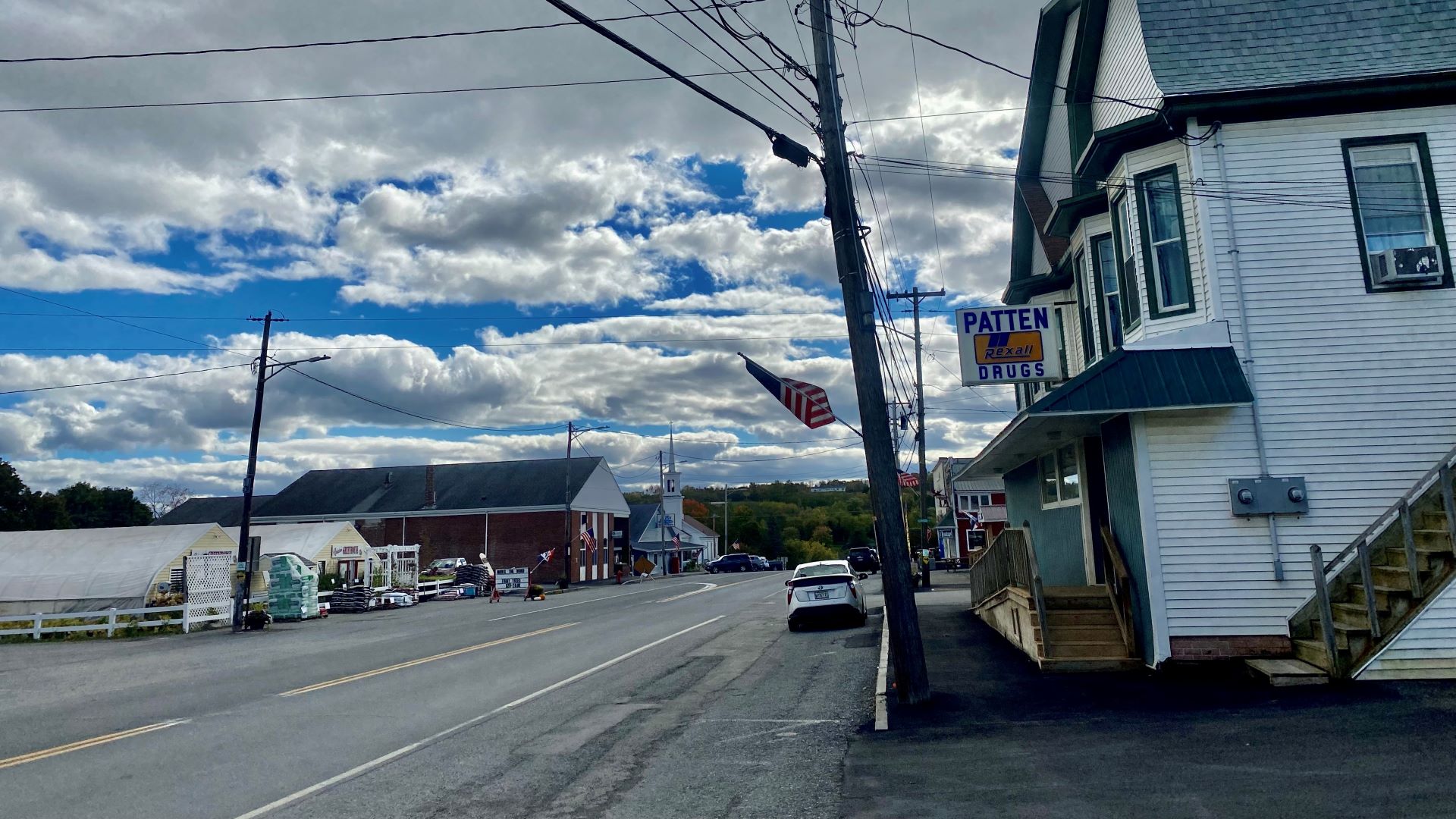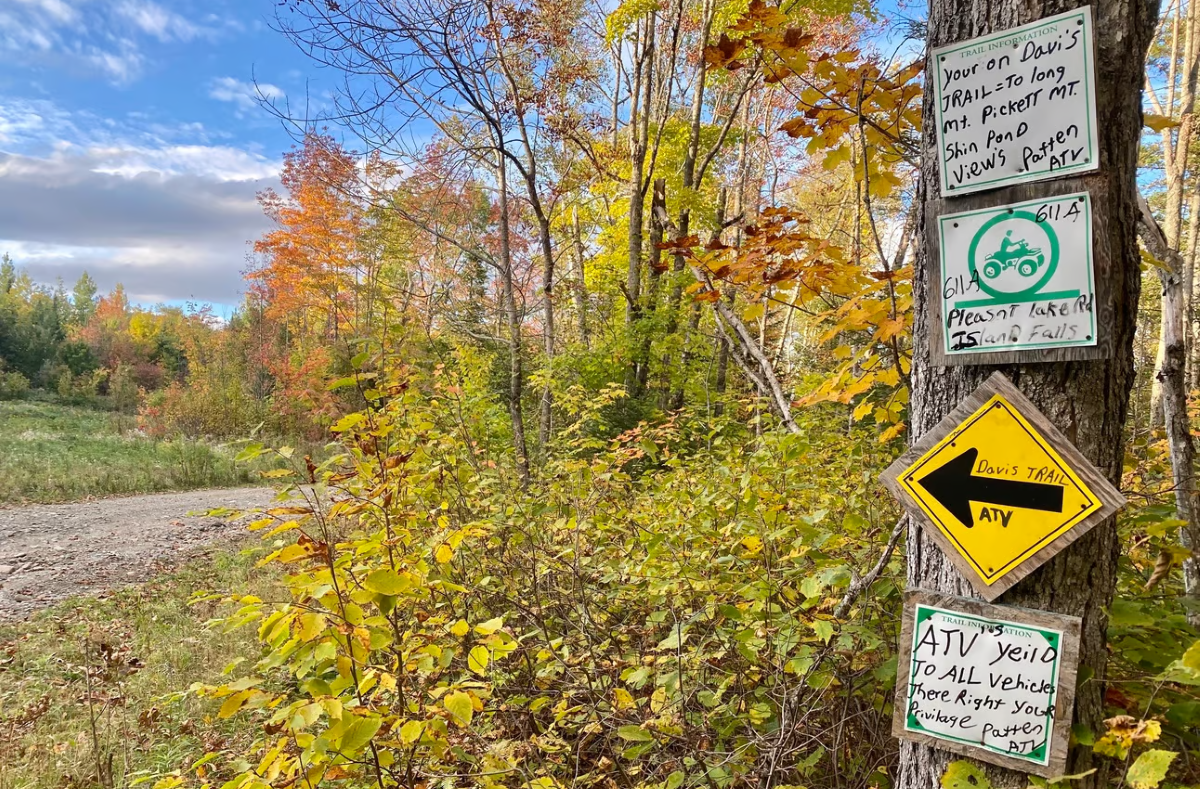Maine Land Use Planning Commissioners expressed skepticism at a meeting earlier this week that Canadian mining company Wolfden will have the money to pull off its plans to dig for zinc and copper at a proposed mine near Pickett Mountain, a small mountain east of Katahdin Woods and Waters National Monument.
During a discussion in Brewer on Wednesday, Commissioner Leo Trudell said the amount of money in the company’s accounts would not cover the state’s requirements for financial assurance or other concerns.
“How are the risks going to be mitigated in the planning process? If it doesn’t work on paper, then it’s not going to work in real life.”
The meeting was one of the final steps in a series of deliberations on the Wolfden application by the commission, which governs planning in the unorganized territories. The agency is tasked with deciding whether to grant a rezoning of the 374 acres under consideration from limited to industrial use, and is likely to render a decision early next year.
This is the second time Wolfden has applied for a rezoning; the first application was withdrawn after commissioners indicated they would reject it because of numerous errors and inconsistencies.
It’s the first hurdle the company has to clear before applying to the Maine Department of Environmental Protection for a metallic mineral mining permit.
Maine mining law requires companies to put up funds for a “worst-case scenario,” but lets companies outline what they think that is.
Wolfden, which estimates that it would have to spend more than $600 million to mine, process and restore the land, has proposed putting $13.6 million aside for a worst case scenario, like the failure of a facility holding mine waste.
Critics point out that’s far less than the estimated $1.36 billion the project would be estimated to generate over its 10-year life, and not nearly enough to cover water treatment in perpetuity, if required.
At least one commissioner felt he didn’t have enough information on the financials of the project.
The Preliminary Economic Assessment included in the packet, said Commissioner Millard Billings, “is more a sales pitch for a junior developer trying to sell the project to get a major developer to get on board and make it look like a viable project.”

But LUPC Executive Director Stacie Beyer asked commissioners to think carefully about whether they wanted to ask a developer to prove they had the funds to carry out a project before getting a rezoning, which she warned “could set a precedent for other zoning decisions.”
Consider Saddleback, said Beyer, referring to a rezoning approved by the commission in 1989 that has been revised over the years and which includes the Saddleback Ski Area.
“Saddleback could come in with a new 30 year plan to do a rezoning proposal associated with that 30 year plan. Saddleback’s not going to have the money to complete all 30 years of development when they submit their rezoning application,” said Beyer.
Whether a developer has the financial capacity to carry out a project has typically been evaluated at the permitting stage, said Beyer, which in Wolfden’s case would be when they apply for permits from DEP, “because at that point, they can get the financing for whatever piece of their long term project that they’re going to get.”
Beyer worried that requiring full funds at this early stage could set a precedent that would impede future development in LUPC territory.
Some commissioners felt Wolfden’s plan was different in scale and potential environmental implications.
“Your example does not meet the scale of what this project is,” said Trudell. “We’re talking about hundreds of millions [of dollars].”
The scale of the project doesn’t necessarily matter under the commission’s rezoning rules, said Beyer. “We can’t just pick and say this standard applies for this application and not for all zoning applications.”
Commissioner Gwen Hilton said the agency needed to set a high bar that would be protective of the region’s natural resources and ensure a developer would have the money to carry out its plan.
“I am concerned about the bar that we draw here in these deliberations, because there will probably be more mining in Maine,” said Hilton. “I think this is a bad location.”







